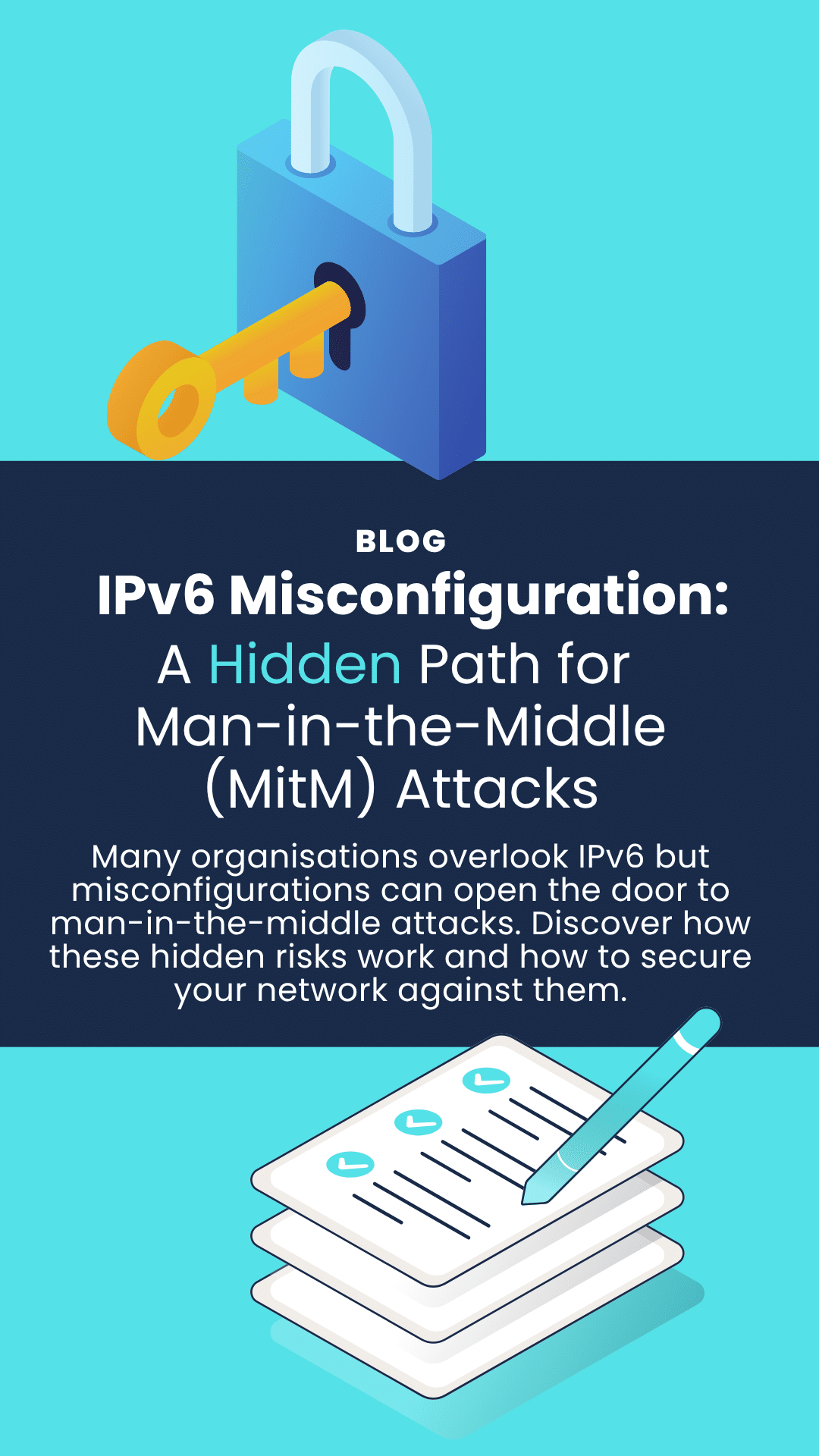Think about it. Web applications have become an integral part of our personal and professional lives.
We use them to check our bank balance, speak to our colleagues, order our dinner, store our customer data and so much more!
It can be easy to forget the amount of sensitive data they process and store. With every login, payment and upload, new data is generated.

Due to the amount of sensitive data stored and an increase in online transactions, web app attacks are on the rise.
Unfortunately, with security threats coming from a number of attack vectors, poorly protected applications are vulnerable to breaches.
To maintain the safety of your data and business operations, regular security testing is crucial.
Without sounding too foreboding, web app testing can mean the difference between your software’s success and failure. Without sufficient testing, flaws can make their way to the live application and subsequently affect user experience. Or worse, undetected vulnerabilities could lead to a security breach.
What is web app security testing?
Web security specialists can find security holes in your software and the configuration of it. The main target of testing is usually the HTTP application layer protocol. This will send the software different types of input to see if the system will respond in ways that it shouldn’t.
These are called “negative tests” and help to examine whether the app will do something unexpected when under attack.
Security testing for web applications helps identify software weaknesses that could lead to data loss, revenue loss, or reputation damage. It determines whether rogue employees or cyber-criminals could exploit vulnerabilities to compromise the system.
Want to test web application security?
This often includes:
- SQL injection
- Brute force testing
- Password testing
- SSL verification
- User authorisation processes: Can secure pages or files be accessed without authorisation?
- Session cookies: Are sessions closed after the user is inactive?

A standard user should not be able to change the way a system works without permission. Web app testing helps you to understand risks, and the impact they could cause if you were hacked.
Testing usually takes place after the development stage of building an application. This involves a series of simulated attacks to examine the source code, and see how well the security performs and responds.
After the testing is complete, a report is generated that outlines any security risks and vulnerabilities.
Recommendations for improving the security of the application are also included. By understanding the applications security risks, developers can fix issues in your operating systems and strengthen the code.
Is my software secure?

What is your strategy to ensure your software and web applications are protected? If you want to be secure, you can’t just rely on the latest security tool. You need to do more than that.
An effective strategy should include:
- Multiple tools
- Training for developers to understand security best practice for proper configuration
- Regular patching and security testing
Want more confidence in your web app security? Follow some of our top tips to help achieve security best practice.
Top 9 tips to improve the security of your web apps
1. Regular patching
Regular patching is one of the most important software security processes. Hackers can exploit known security vulnerabilities in old or out-of-date software to attack large numbers of people at once. To prevent these low hanging fruit attacks, you must ensure you regularly update and patch your applications.
2. Access control
Minimise the number of users who have privileged admin accounts and access rights. Your team should only have the access required to perform their role effectively. If you follow this principle of access control, you can reduce your attack surface significantly. This is because a hacker would need to target privileged admin accounts to get the sensitive information they want.
3. Nail your incident response plan
No matter how robust your software security strategy is, you will never fully eliminate the risk of a breach. However, by building a strong incident response plan, you can quickly detect an attack and limit the damage and disruption caused.
4. Educate your workforce
Ongoing cyber awareness training should be part of the very fabric of your businesses. Engaging your team in training that puts security risks in context will help you achieve your security goals. In other words, you will create a human firewall.
All staff should receive training on awareness and security, and developers should receive training on coding securely. This should be conducted frequently, not just as an annual exercise.
5. Beat hackers with automation
You won’t defend your systems with manual responses alone. Hackers use automation to discover open ports, security misconfigurations, and much more. To have a chance of staying ahead of attacks, you need to fight fire with fire. By automating daily security tasks, your team have more free time to focus on more strategic initiatives.
6. Segment your network
How well defended is your network? If the front gate is breached, how many internal doors and walls are there to protect the rest of your stronghold? Network segmentation follows the same principle.
It is a way of limiting the movement of hackers around your network if they do find a way in. Find where critical data is stored and implement layers of security to limit the traffic to and from those areas.
7. Check for OWASP top 10 vulnerabilities
Vulnerability scanning is a process that can be used to identify known security vulnerabilities. Automated scans can be used to discover common vulnerabilities, such as those listed in the OWASP Top 10. Click here to find out the difference between penetration testing and vulnerability scanning.
8. Web application firewall
A web application firewall protects your software from malicious HTTP traffic. A WAF can prevent SQL injection, cross site scripting and cross site forgery.
9. Integrate security and testing into your software development cycle
When it comes to software development, security shouldn’t be an afterthought. Implementing security activities need to be integrated into the entire development process. This should include risk analysis, static, dynamic, and interactive application security testing, SCA, and penetration testing.
It’s better to fix flaws in your app before it’s live than to deal with them later. This will save you time and money in the long run, and it will reduce your exposure to security risks.
Want to protect your web applications?
Do you have a web application security project you need support with? October is Cyber Security Awareness month. It is the perfect time to take stock of your current software strategy, and create a robust approach which minimises the risk of future breaches.
If you would like to chat to our team of trusted experts about an upcoming project, how to build upon your existing strategy, or web application security pricing, please start a live chat, email enquiries@equilibrium-security.co.uk or call our office on 0121 663 0055.
Ready to achieve your security goals? We’re at your service.
expertise to help you shape and deliver your security strategy.



